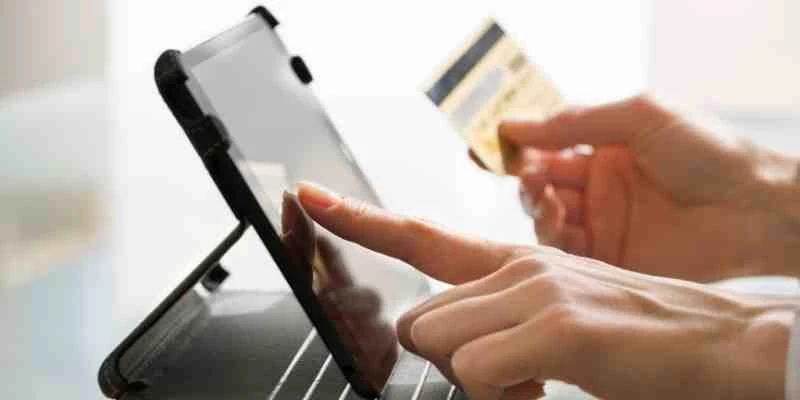Gaining Brand Success Through Behavioral Design & Insights
Add bookmark
Behavioral design is the application of techniques that describes and predicts why – and how – people behave the way that they do. Taking that a step further, it can also be applied as a mechanism to drive real change in those behaviors. Combining scientific research in the fields of psychology, cognitive sciences, and behavioral economics with human-centered design strategies effectively works toward solving challenges surrounding consumer behavior.
For example, take Whole Foods, which works to psychologically and meaningfully design the interior and exterior of their grocery stores to create a much more welcoming and enjoyable shopping experience for customers. Uber, the most popular ridesharing company worldwide, has developed its own Applied Behavioral Science team, which utilizes a variety of statistical and theoretical insights to increase user retention and create more delightful experiences. Both physically and digitally, more and more companies are making these strides rooted in logic and intuition to optimize consumer experiences.
Only through truly understanding the user can any particular product, experience, or process be optimized. Creating the ideal experience is grounded in researching and applying the factors that influence human behavior within a particular context. Incorporating those factors can create an enhanced and seamless experience that will continue to keep users coming back for more.
Sustainable habit formation: finding the sweet spot
Humans are creatures of habit. Think about how many times you instinctively open your Facebook or Instagram app throughout the day. A 2019 Pew Research Center study found that over 50% of U.S. adult users visit Facebook several times per day, while Instagram boasts a strong 60% of young adults aged 18 to 24 interacting with their app multiple times each day.
The essential function of behavioral design is to intentionally construct cues, both internally and externally, to induce a particular action upon users and, eventually, build habits around a particular product. Habits are a set of routine behaviors that we – more often than not – unconsciously perform. Because of this, they can be studied and leveraged in order to delight users and, ultimately, alter behavior.
One way behavioral designers have successfully induced habits is through the repetitive nature of a cue, routine, and reward loop. Cues, or triggers, prompt users to perform a particular action. Once that action is executed, a reward acts as the immediate positive consequence of that action. This model is highly effective because, in response to certain triggers and in conjunction with the proper rewards, more routine interactions can be generated.
However, the challenges here are two-fold. First and foremost, it is necessary to find that sweet spot – not too much or too little – to push the user into performing any given desired action. Next, identifying how to optimize a reward in order to initiate user habit around the product is key. Whether that means providing surprise rewards like free gift certificates, or incentive programs like earning money back, this system can increase the frequency of actions and form habits when accurately executed.
Driving real behavioral change: getting users hooked
For a desired behavior to materialize, the user must be motivated and able to perform that behavior after having been triggered to do so. Triggers, both external and internal, can be optimized to drive more daily usage. External cues consist of product-related emails, text messages, push notifications, etc. Internal cues are much more difficult to create, but essentially center around that factor that makes users “hooked” through consistently delightful encounters with the product. Effective external cues are critical to increase probability that users will interact with the app, have a great experience, and eventually form a habit of more frequent usage.
Once the user is cued to open an app or interact with a product, it’s all about usability. Behavioral designers will look at the contextual obstacles that users may face when they are unable to interact with their product – whether those obstacles are time, money, familiarity, social pressure, mental or physical effort, etc. – and mitigating those roadblocks to increase overall usability.
The last factor to consider is motivation. Put simply, is your product compelling enough to its users? Consider the finance app Venmo, which has revolutionized how millions of people handle their payments by tapping into behavioral insights and motivations. Venmo “operates like a social network. It lets users comment on payments and see what friends are spending on.” Humans are inherently social creatures, meaning that any product or app that provides users with social recognition can be highly appealing and rewarding.
















